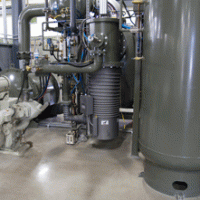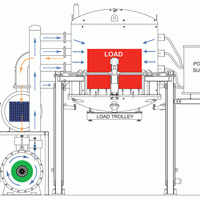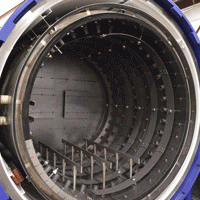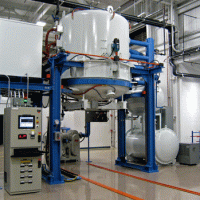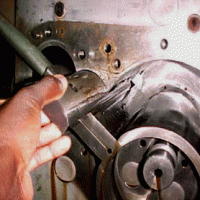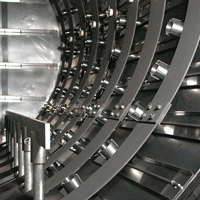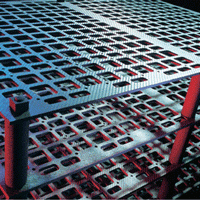In this article, we’re going to take a step away from vacuum pumps and systems and write about general applications that use vacuum in the process. There may be some applications you have heard about and some, hopefully, that may be new to you. Whenever a vacuum (a pressure lower than the surrounding atmospheric pressure) is used in a process it will generally fall into one of the Five Main Reasons for using Vacuum. In some cases, a process may use vacuum for two of the five reasons. This month I will discuss the first of these reasons, in no specific order.
First, a short explanation of the two vacuum measuring units used in this article. We know that standard atmospheric pressure is 14.7 lbs. in-2 and that your real life atmospheric pressure varies up and down a few percentage points from the standard depending on a) weather conditions in your area and, b) your altitude above sea level. Remember that “low” pressure is the same as “high” vacuum, and conversely “low” vacuum is the same as “high” pressure – but still below atmospheric pressure in the vacuum industry. I have written a small number and read many technical articles about vacuum and it is very difficult to ensure that these terms are consistent throughout. In the example below we also have to understand that the vacuum measuring units read in opposite directions and we have to change one of them. Does that sound confusing? Yes, it is.

